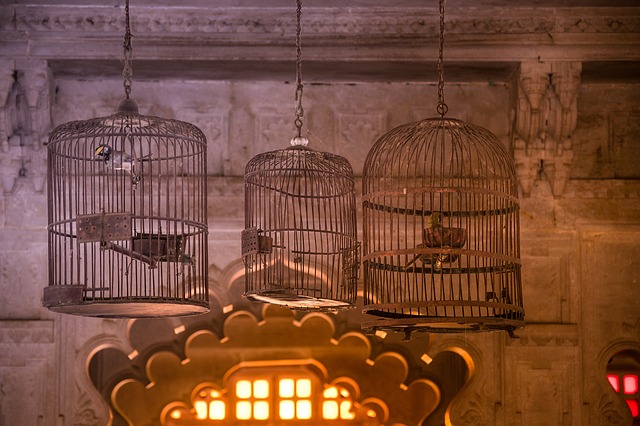
Birdcages are now more than just housing for pet birds. They have also become popular decorative items and can be used as planters, candle holders, table centerpieces, and lamps. Antique (or antique-style) birdcages are highly popular collectors’ items.
The popular materials used for building bird cages include wrought iron, wire, wood, bamboo, and even twigs. However, some of these cages are made for decorative purposes only and may be too small or not sturdy enough to actually accommodate a live bird.
Because of the materials used, method of construction, or the age of a birdcage, proper packing is important to keep it intact during shipment. Here are some tips on how to properly pack and ship a birdcage.
Pack a small, light-weight birdcage generously in bubble wrap, making sure that all parts are well padded. Place it inside a sturdy cardboard box with ample packing materials on all sides top and bottom. All empty spaces must be filed to prevent the cage from moving. This step is particularly important when shipping several items in one package so they don’t collide and damage each other. Close the box and seal with heavy-duty packaging tape. All seams of the box, including the ones on the bottom, should be reinforced with tape so they will not burst open during transit.
Larger and heavier bird cages, such as those made from wrought iron or constructed from wood with intricate details, are best shipped in crates. The cage must be properly padded and braced inside the crate so it will not move around. The crate should be made from sturdy wood so that it will not buckle and damage the item inside in case heavier boxes are placed on its top during shipping. Secure the lid by screwing it to the crate.
Address and label the package and take to a shipping company.
